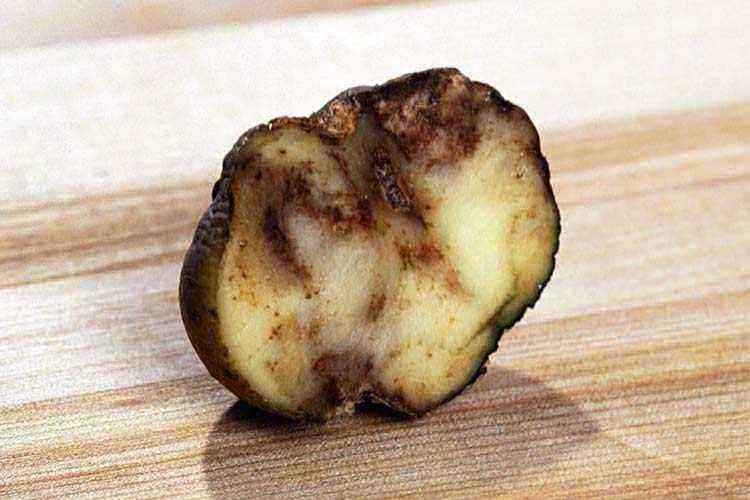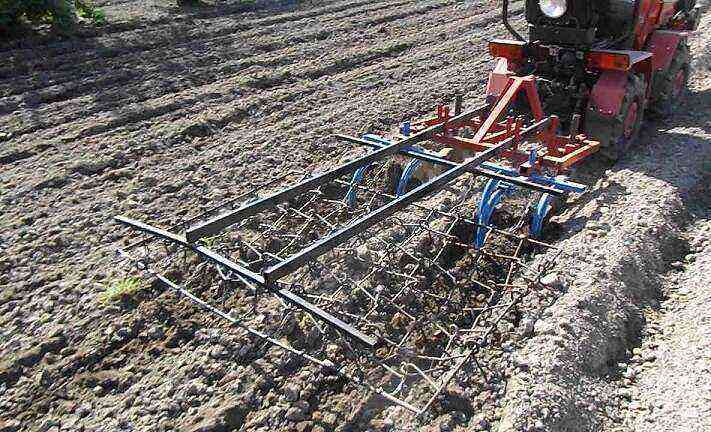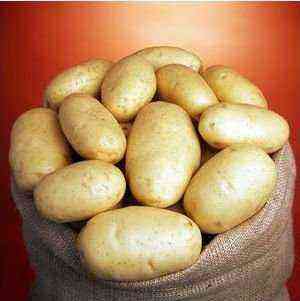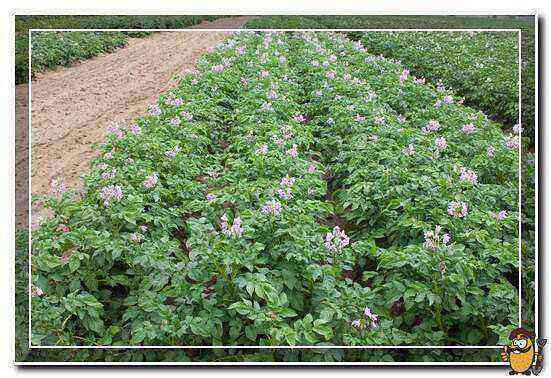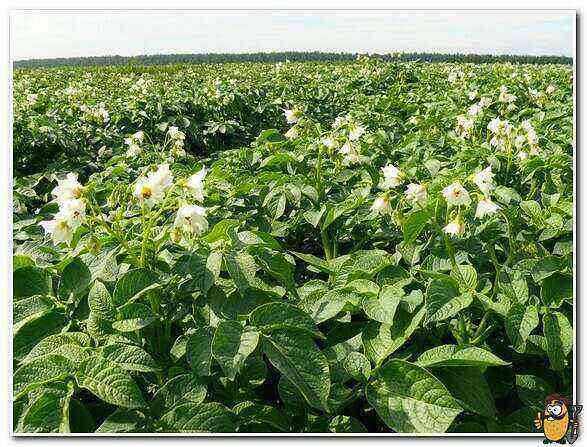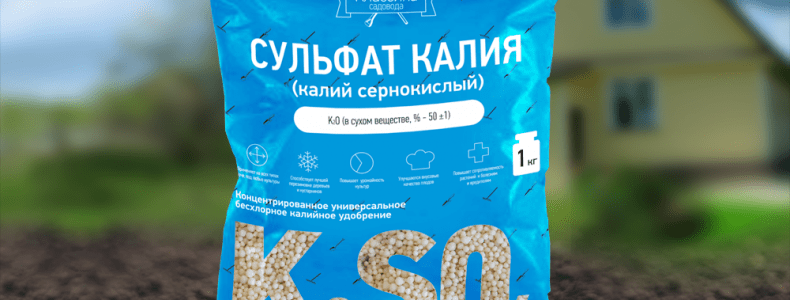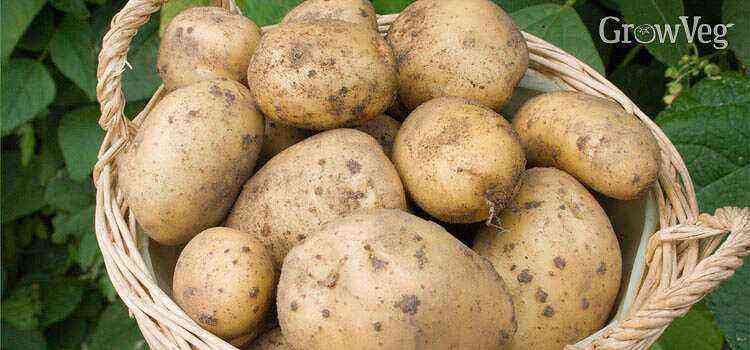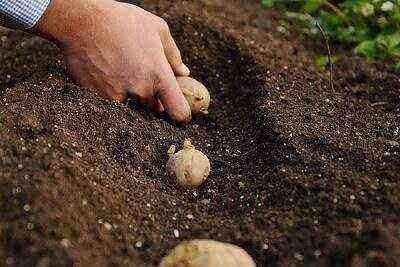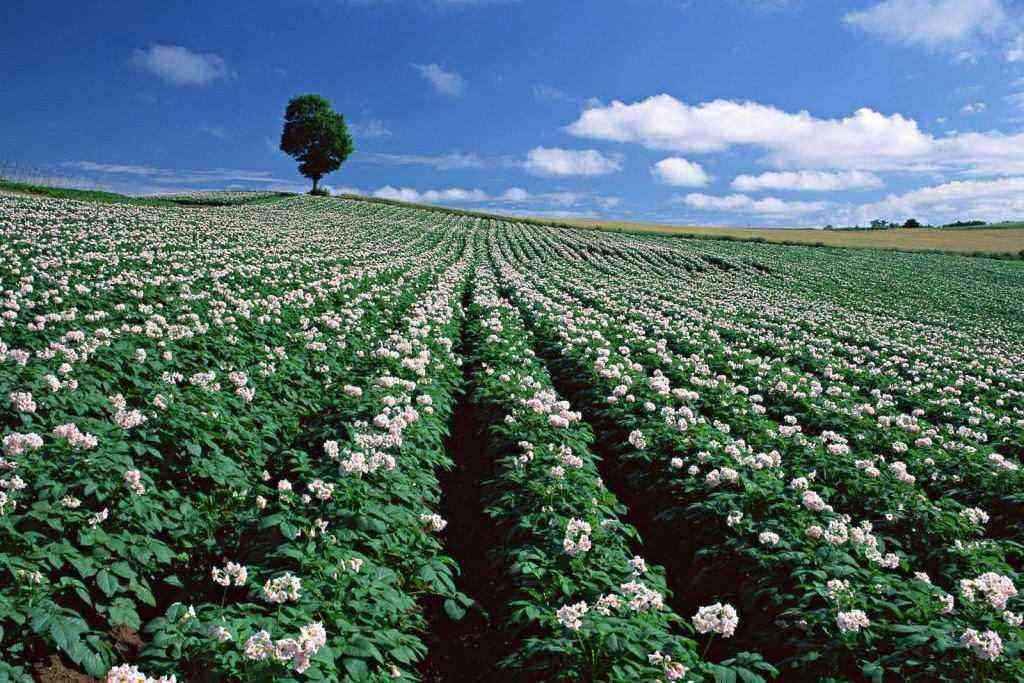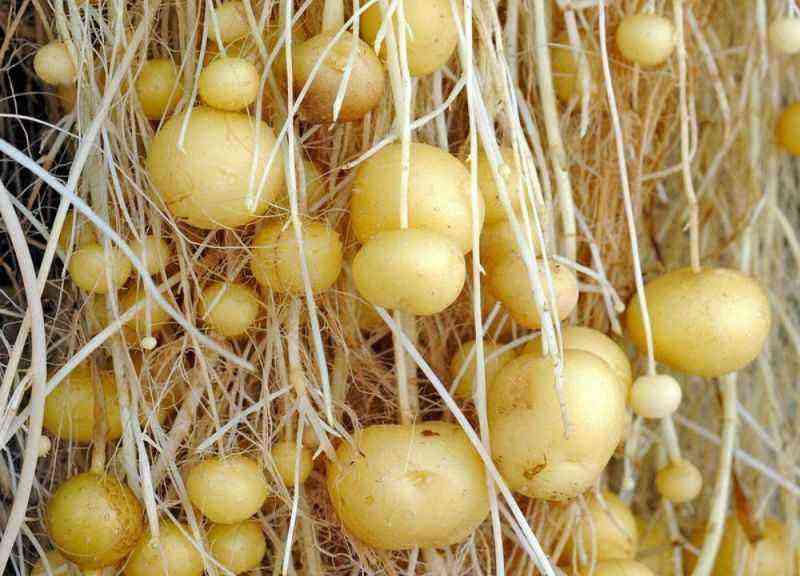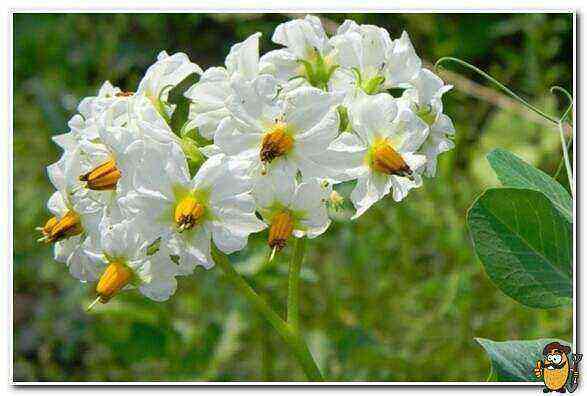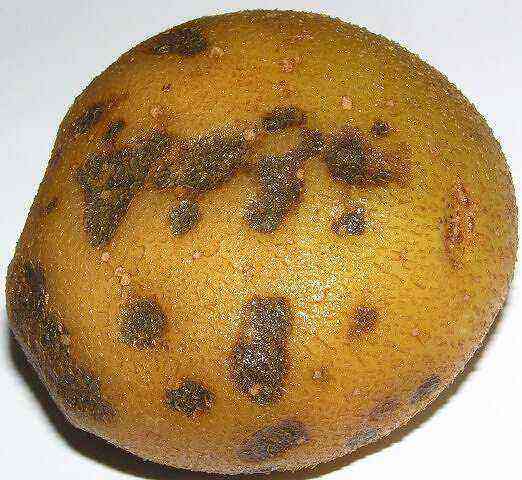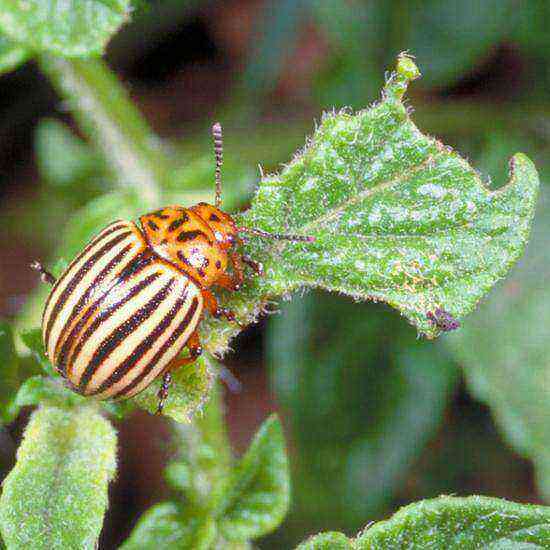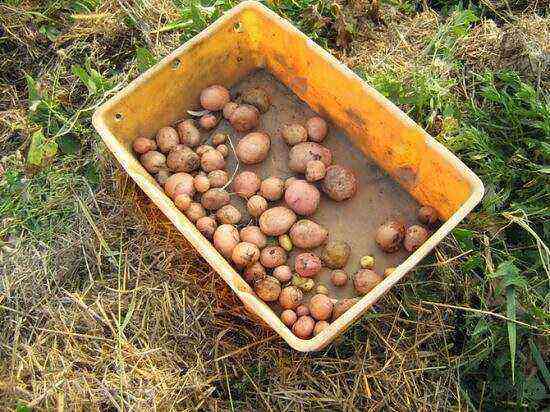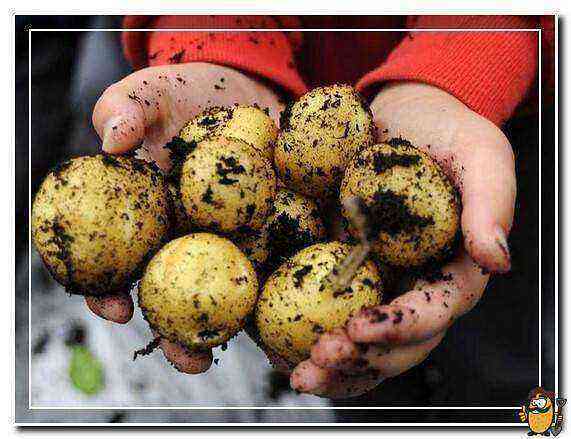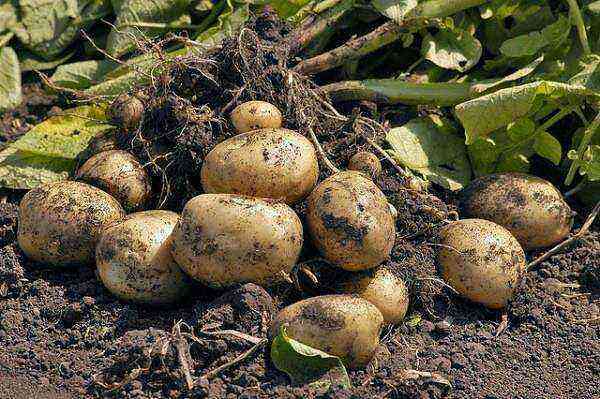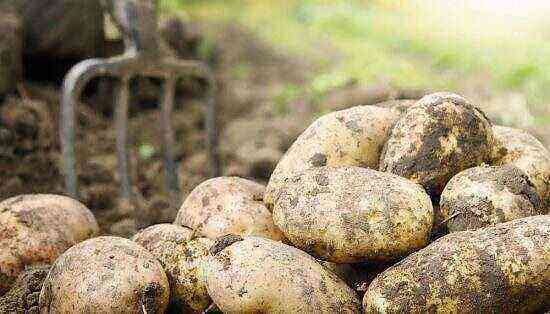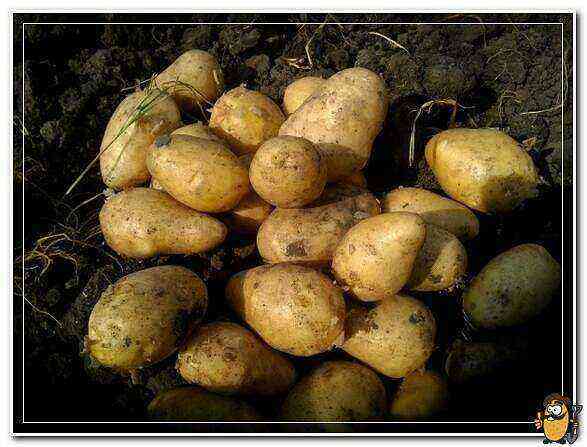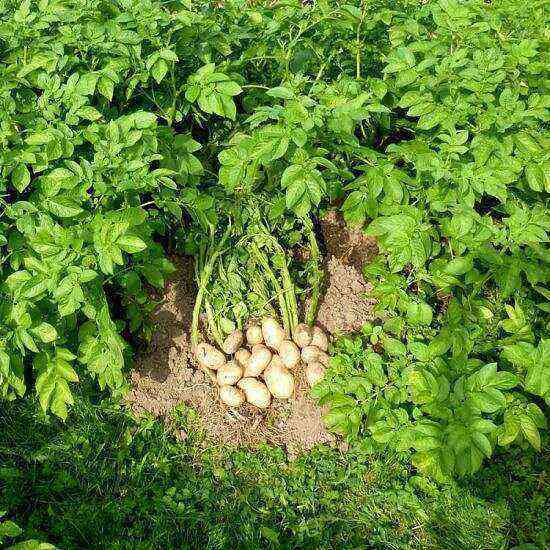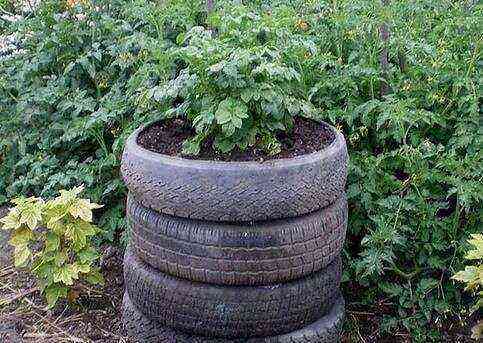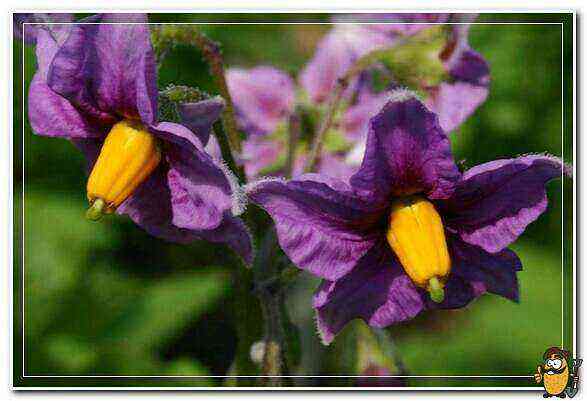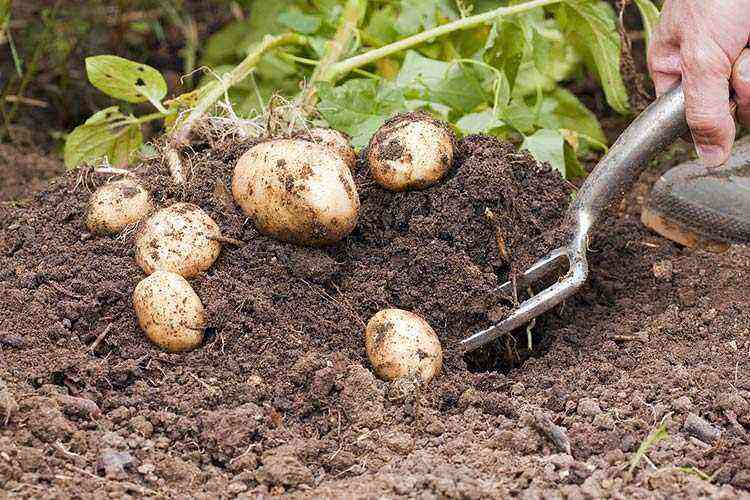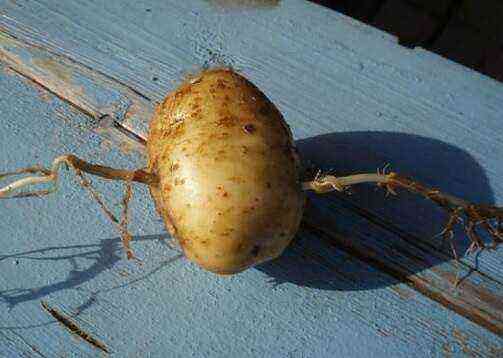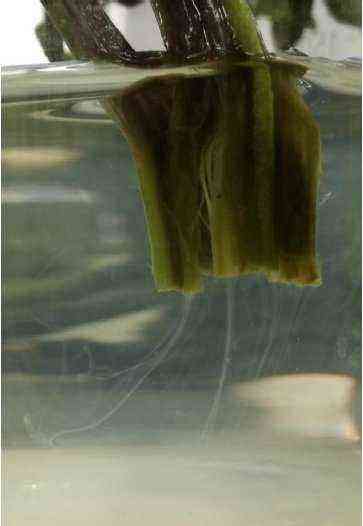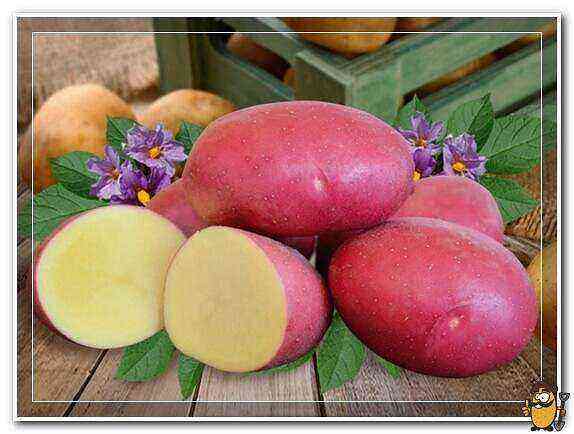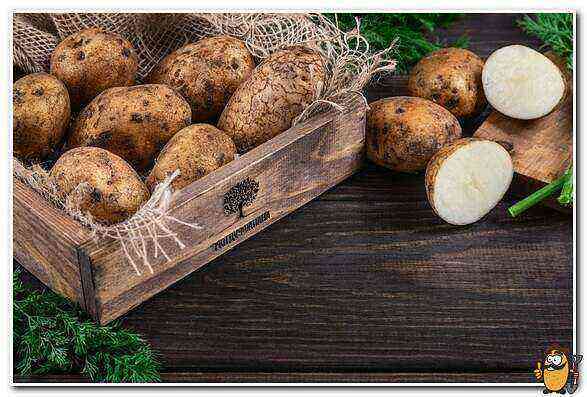In recent decades, Belarusian is considered the best potato. The soil and favorable climate contribute to a rich and timely harvest, the country was recognized as the best among the producers of tubers. Most of the breeds are popular in Russia as well. Agronomists have identified the most suitable for different regions in terms of climatic characteristics. Experienced vegetable growers and amateurs are constantly discovering more and more various hybrids of the beloved vegetable for the Russian regions.
Benefits of Belarusian varieties
In Russia, Ukraine and Belarus, the vegetable is a frequent dish on the dinner table, its taste and nutritional qualities have conquered neighboring countries. According to the State Register, there are 124 unique varieties of potatoes in Belarus. However, the gardeners themselves are represented by 44 in the catalog compiled by the Institute of Potato Growing of the Academy of Sciences of Belarus. The advantage of tuber variety is that you can choose the amount of starch in the composition.
There are three climatic zones on the territory of Belarus, which means that the entire crop can be divided according to climatic attachment, in need of additional watering. The geographical position of the country and soil and climatic conditions are of primary importance in the productivity of root crops. The advantages of the early varieties are that the potatoes are very delicate in taste, easily peeled and cooked quickly. The advantages of the late ripening ones are that the bushes are rich in crops and the fruits can be stored without harm all winter. But there is a risk with late planting – with the onset of early frosts, the crop may die.
Top Grades
It is difficult to answer the question, which species are the best, “there are no comrades in taste and color.” Different varieties have advantages for each resident of the country individually. The vegetable differs in cooking time, taste, hardness. Early varieties of Belarusian potatoes were created for a temperate climate, since it is there that it is more resistant to soil and air temperatures. Most early harvest species have an oblong shape, a reddish or dark brown rind, and a light yellow fruit. A late harvest is suitable for people who are ready to harvest a vegetable in the fall. The wait will be worth it, all late-ripening potatoes are among the most productive. Ripening period from 120 to 135 days.
Choosing the right vegetable is not easy as it varies:
- wateriness;
- mealy;
- the degree of starchiness;
- the ability to boil down and maintain its texture after cooking;
- hardness;
- richness of taste, etc.
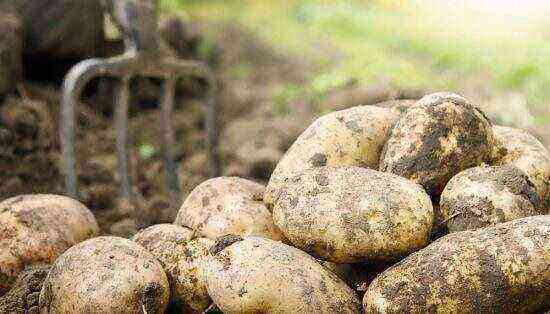 Experienced gardeners and agronomists advise beginners to plant several types of Belarusian potatoes in order to understand next year which variety is best accepted by the soil. Every year, new potato hybrids are discovered, suitable for different types of soil. Even the best varieties can produce low yields if you are not careful about the appearance of insects that feed on the leaves of the tuber and leave the larvae.
Experienced gardeners and agronomists advise beginners to plant several types of Belarusian potatoes in order to understand next year which variety is best accepted by the soil. Every year, new potato hybrids are discovered, suitable for different types of soil. Even the best varieties can produce low yields if you are not careful about the appearance of insects that feed on the leaves of the tuber and leave the larvae.
The varieties differ in their nutritional characteristics, which can be roughly divided into categories A, B, C, D: for salads, mashed potatoes, soups and casseroles. The most favorable time for harvesting Belarusian potatoes is August-September, during these months you can harvest the maximum yield, but this applies only to late-ripening varieties.
Attention!
It is very important to learn as much as possible about potatoes before planting in order to get the most healthy and large harvest possible. Climate and soil play a role in variety selection.
Early
Among the potatoes of early ripening, varieties for planting are distinguished:
- Dolphin.
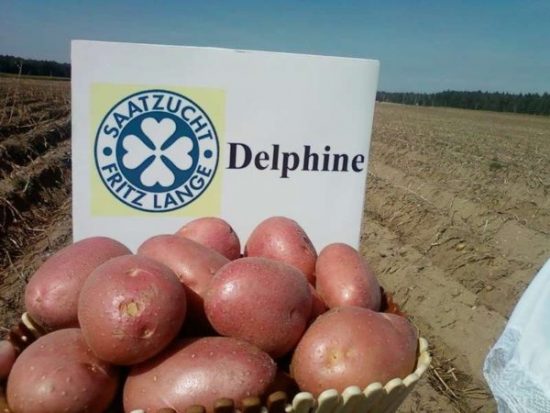 Ripens fast enough even for early varieties. The vegetable is enough for 5-6 weeks from the moment the tops sprout. The fruit weighs from 80 to 150 g, and the amount of starch is not more than 15%. One bush produces 16-17 potatoes. It is immune to potato cancer and rarely rots during ripening, it is most often affected by late blight of tubers;
Ripens fast enough even for early varieties. The vegetable is enough for 5-6 weeks from the moment the tops sprout. The fruit weighs from 80 to 150 g, and the amount of starch is not more than 15%. One bush produces 16-17 potatoes. It is immune to potato cancer and rarely rots during ripening, it is most often affected by late blight of tubers; - Lord.
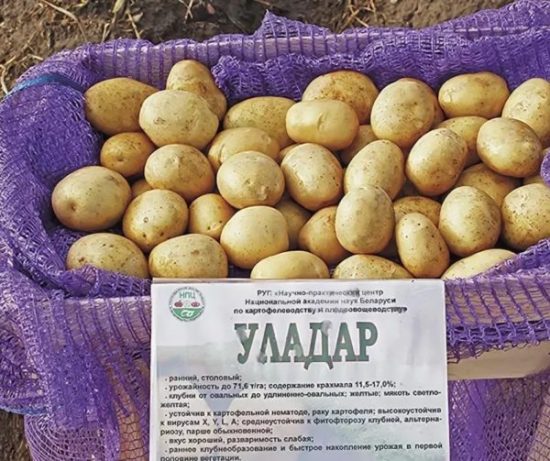 The uniqueness of the variety is that it is drought tolerant and does not require careful maintenance. Potatoes are resistant to diseases that can completely affect the crop. Weighs 140-180 g, starch – 12-15% in one potato. On average, one bush produces 12-13 tubers. The skin color is dark brown with many small eyes, but they do not go deep and are easy to clean when cooking. Does not boil over. The yield reaches 71 tons per hectare of land;
The uniqueness of the variety is that it is drought tolerant and does not require careful maintenance. Potatoes are resistant to diseases that can completely affect the crop. Weighs 140-180 g, starch – 12-15% in one potato. On average, one bush produces 12-13 tubers. The skin color is dark brown with many small eyes, but they do not go deep and are easy to clean when cooking. Does not boil over. The yield reaches 71 tons per hectare of land; - Lazurite.
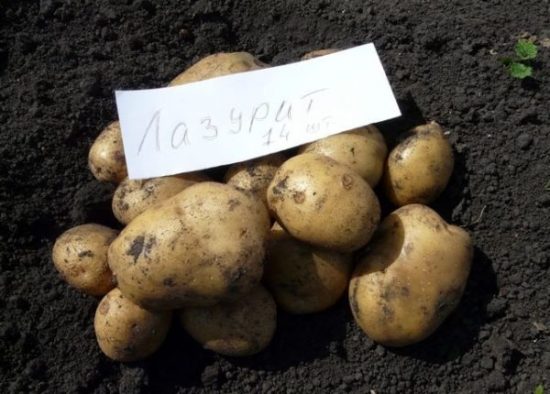 The crop can be harvested 60-70 days after the appearance of the tops. The weight of potatoes is 110-130 g, starch is not more than 13%. It is immune to many diseases, but not to late blight of foliage.
The crop can be harvested 60-70 days after the appearance of the tops. The weight of potatoes is 110-130 g, starch is not more than 13%. It is immune to many diseases, but not to late blight of foliage.
The middle-ripening
The average fruit ripening time is 100 days. The best varieties:
- Dubrava.
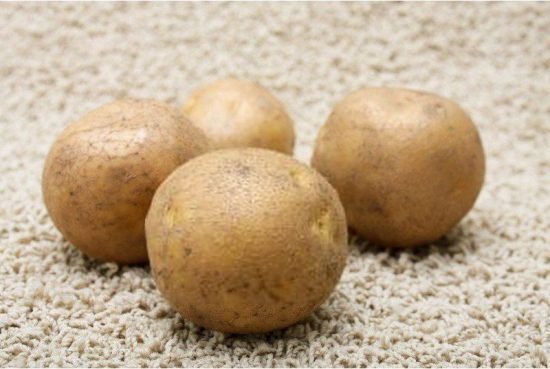 Differs in high productivity and resistance to external negative factors. It has an oval shape, the skin is covered with small black eyes. The variety has a high yield, about 50 tons per hectare.
Differs in high productivity and resistance to external negative factors. It has an oval shape, the skin is covered with small black eyes. The variety has a high yield, about 50 tons per hectare. - Krinica.
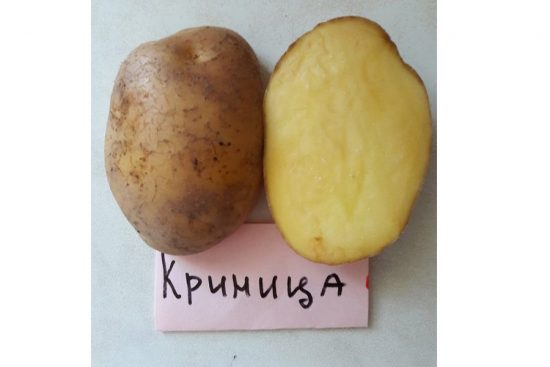 A rich harvest, up to 9-10 pieces in one nest, the weight of a potato is up to 150 g. It has poor immunity to late blight and other diseases.
A rich harvest, up to 9-10 pieces in one nest, the weight of a potato is up to 150 g. It has poor immunity to late blight and other diseases. - Giant.
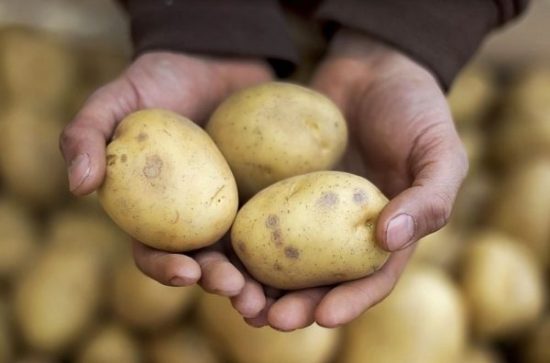 The yield of the variety reaches 15 cartefelines per bush, and the weight is from 110 to 140 g.
The yield of the variety reaches 15 cartefelines per bush, and the weight is from 110 to 140 g.
Late
Among late ripening potatoes, the following varieties are distinguished:
- Freckle.
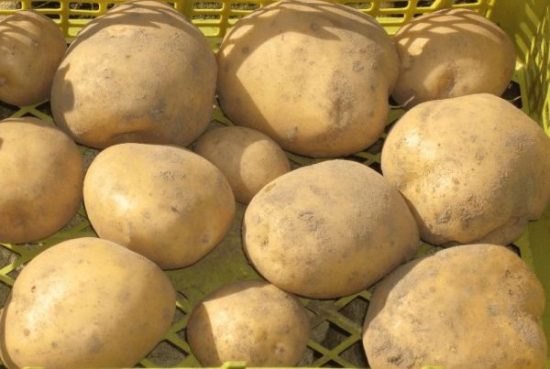 Differs in smooth, flawless, peel, smooth oval shape. Has a firm texture even when cooked. Suitable for making homemade chips. The ripening period is 17 weeks. The immunity of the variety is much higher than that of the early and late maturing varieties. The amount of starch is in the range of 15-20% in one potato;
Differs in smooth, flawless, peel, smooth oval shape. Has a firm texture even when cooked. Suitable for making homemade chips. The ripening period is 17 weeks. The immunity of the variety is much higher than that of the early and late maturing varieties. The amount of starch is in the range of 15-20% in one potato; - Rogneda.
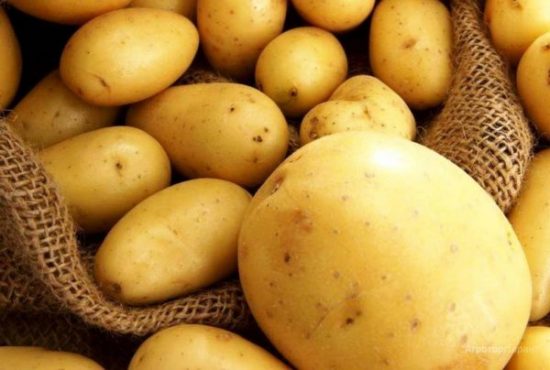 Differs in massive tops. A large amount of greenery can be misleading about the maturation of potatoes, but despite the size of the bush and the thickness of the stem, the harvest will have to wait up to 20 weeks. Has a dense skin and can be stored for a long time;
Differs in massive tops. A large amount of greenery can be misleading about the maturation of potatoes, but despite the size of the bush and the thickness of the stem, the harvest will have to wait up to 20 weeks. Has a dense skin and can be stored for a long time; - Zarnitsa.
 As with all species, the main enemy is late blight of tubers. Good immunity to cancer, black leg, rhizoctonia and scab. Has a rich yellow pulp and bright taste. When boiled, it boils better than other late-ripening potatoes. The amount of starch is in the range of 13-17% in one tuber.
As with all species, the main enemy is late blight of tubers. Good immunity to cancer, black leg, rhizoctonia and scab. Has a rich yellow pulp and bright taste. When boiled, it boils better than other late-ripening potatoes. The amount of starch is in the range of 13-17% in one tuber.
Attention!
The most persistent immunity is in late-ripening potatoes, and it is also much better stored in the winter.
Advantages of potato varieties of Belarus
The difference between the selection bred in Belarus and imported varieties is that the potato has a stable rich harvest. Most of the hybrid varieties have good immunity to diseases affecting greens and fruits, affecting tubers, most have resistance to potato cancer and golden cyst nematode. However, late blight of tubers remains the main enemy. Viruses of wrinkled and banded mosaic practically do not infect varieties of Belarusian potatoes. When growing, the tops rarely curl and turn yellow, this is due to the suitable climate. Tasting score – 7 points out of 10. Taste and nutritional properties also differ from the selections bred in other countries.
Read also!
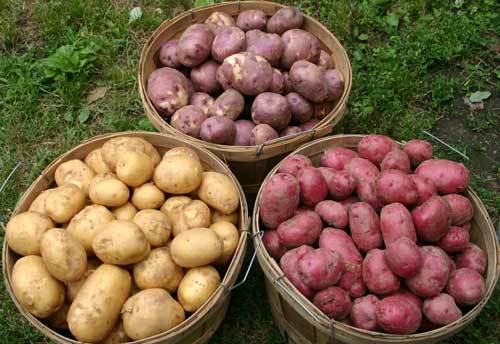
The color of the pulp in different varieties is different, it can be either light yellow or light red, cream, white, yellow. The vegetable itself is rich in carbohydrates – 16, 1 g, proteins are 2 g, and fats are only 0,5 g per 100 g. The energy value of raw potatoes is 76 kcal per 100 g. Despite the large amount of starch, potatoes should be in the daily diet. The main component in the composition, like sucrose, is the main supplier of carbohydrates to the body, which decomposes to carbon dioxide and carries substances necessary for life into the blood. Rich in potassium and vitamins B, C, H and PP.
When is the best time to plant potatoes and how to care for them
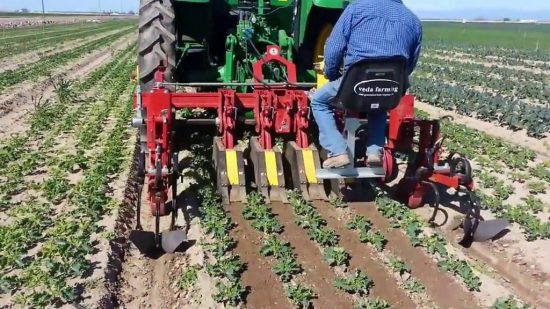 Tuber crops are planted in Belarus at the end of April, beginning of May and depends on weather conditions and varieties. Digging the garden, cleaning the soil from garbage occurs in autumn and spring, twice a year. It is necessary to make small holes 9-12 cm deep for dry soil and 6-7 cm for wet soil, put a few small potatoes in them for planting, cover them with soil. The length of the shoots on the tubers should be at least 1,5-2 cm. The distance between the beds is half a meter, and between the holes – 30-40 cm. If the planting takes place in April, cover the holes with polyethylene at night to protect them from frost.
Tuber crops are planted in Belarus at the end of April, beginning of May and depends on weather conditions and varieties. Digging the garden, cleaning the soil from garbage occurs in autumn and spring, twice a year. It is necessary to make small holes 9-12 cm deep for dry soil and 6-7 cm for wet soil, put a few small potatoes in them for planting, cover them with soil. The length of the shoots on the tubers should be at least 1,5-2 cm. The distance between the beds is half a meter, and between the holes – 30-40 cm. If the planting takes place in April, cover the holes with polyethylene at night to protect them from frost.
Read also!

One bush requires up to 3 liters of water three times a season. Compared to other types of crops, this is much less, and all because potatoes are a drought-resistant vegetable. The crop is harvested after the appearance of yellowness on the leaves, in warm weather, when the ground is not wet. Experienced agronomists advise to spray with Elin or Zircon solution at a low rate of crop growth. When a significant number of weeds appear, hilling helps. This gives the roots an additional supply of oxygen.
Attention!
The vegetable grows best in the ground where cabbage, beets and greens were previously planted.
Each potato variety has advantages and disadvantages. Differs in terms of cultivation, resistance to climatic environmental conditions and external negative factors. Everyone knows the rich taste of Belarusian potatoes. The horticulturist, agronomist, or beginner in horticulture must know the varieties in order to dig up a healthy, rich harvest. It is important to choose the variety that suits the local climate. Different taste, ripening speed, planting time, resistance to temperatures, various pests – all these factors influence the right choice when planting a crop.
